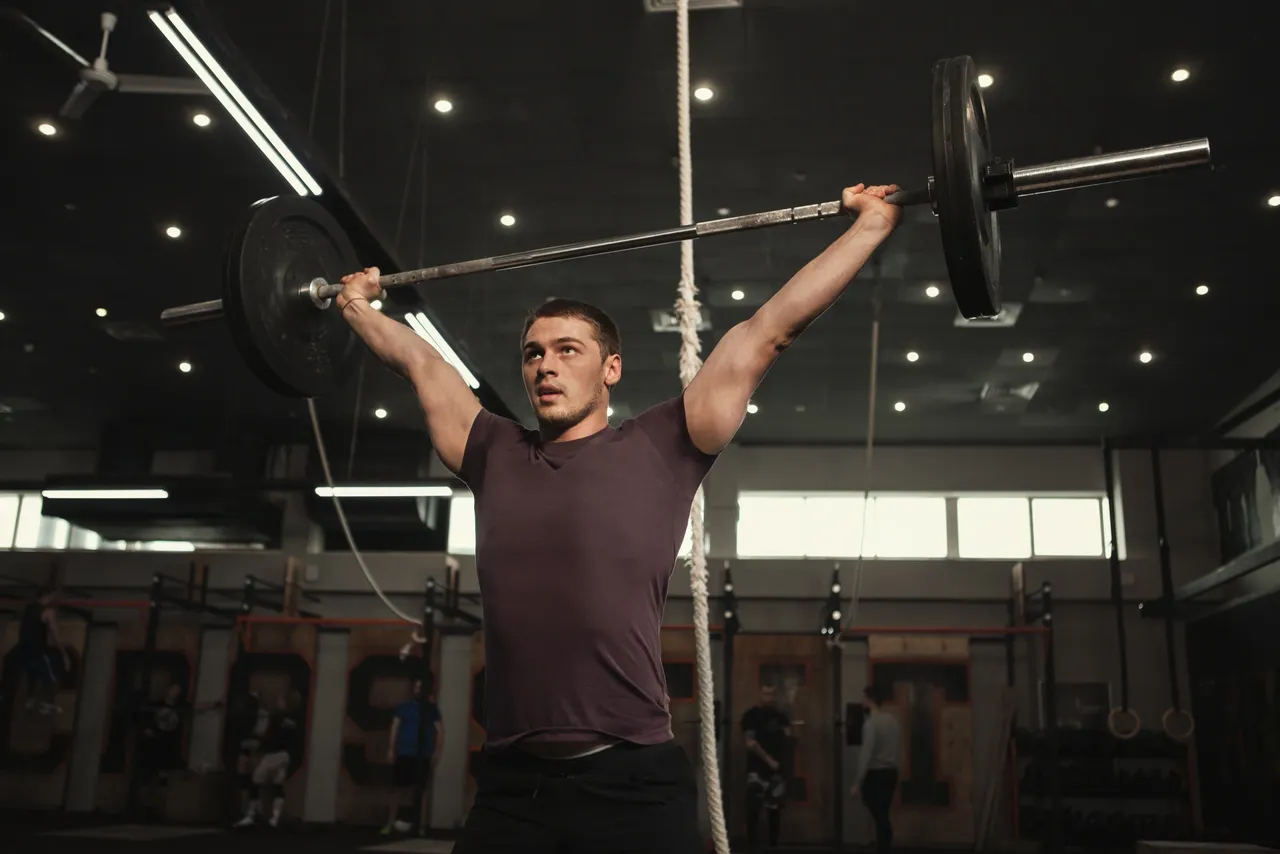Thank you for checking out the Articles from OrMobility Physical Therapy & Performance. We are Roseburg’s only Mobile Physical Therapy clinic. However, we do not just service Roseburg. We extend as far as Sutherlin and Green! Call us today to schedule your initial evaluation. Now, continue reading to learn more…
Overhead lifting is a common movement pattern in various sports and daily activities, from weightlifting to moving objects over one’s head. However, it’s also a movement that carries a high risk of injury if done improperly. In this article, we’ll discuss the mechanics of overhead lifting and how to perform it safely and effectively.
The Basic Mechanics of Overhead Lifting
Overhead lifting involves lifting an object above the head with arms fully extended. The movement requires multiple joints to work in unison, including the shoulder, elbow, wrist, and spine. When performed correctly, the overhead lift engages various muscle groups, including the deltoids, triceps, biceps, and the upper back muscles.
The proper technique for overhead lifting starts with setting up in a stable and balanced stance, with the feet shoulder-width apart. The lift should begin with the object close to the body, and the elbows bent, and then proceed to raise the object overhead in a smooth and controlled motion. The head should remain neutral, and the shoulder blades should be kept down and back throughout the movement.
Common Mistakes in Overhead Lifting
Many people make common mistakes in overhead lifting, which can lead to injury. Some of these include:
- Lack of Mobility: Overhead lifting requires good shoulder and thoracic spine mobility. If you have limited mobility in these areas, it can lead to compensatory movements, such as excessive arching of the lower back or leaning the head forward.
- Lack of Stability: Stability is essential in overhead lifting to prevent the shoulders from rolling forward or the elbows from flaring out. Lack of stability can increase the risk of shoulder impingement or rotator cuff injuries.
- Poor Posture: Poor posture can affect overhead lifting mechanics. If the upper back is rounded, it can lead to improper alignment of the shoulder blades, which can cause impingement of the rotator cuff muscles.
- Excessive Weight: Lifting too much weight can cause a breakdown in technique and increase the risk of injury.
How to Improve Overhead Lifting Mechanics
To improve your overhead lifting mechanics, consider the following tips:
- Work on Mobility: Incorporate mobility exercises into your warm-up routine, such as thoracic spine rotations, shoulder dislocates, and foam rolling.
- Strengthen Your Upper Back: Strong upper back muscles help stabilize the shoulder blades and prevent compensatory movements. Exercises such as rows, pull-ups, and face pulls can help improve your overhead lifting.
- Practice Proper Posture: Maintain a neutral spine and keep your shoulder blades down and back throughout the movement.
- Start with Light Weights: Begin with a weight that you can comfortably lift and progress slowly. Don’t rush to lift heavy weights before you have mastered the technique.
Conclusion:
Overhead lifting can be a valuable movement pattern for athletes and daily life activities. However, it’s essential to perform it correctly to prevent injury. Focus on mobility, stability, posture, and start with lighter weights to improve your overhead lifting mechanics. Remember to listen to your body and adjust your technique accordingly to prevent injury and achieve optimal results.



